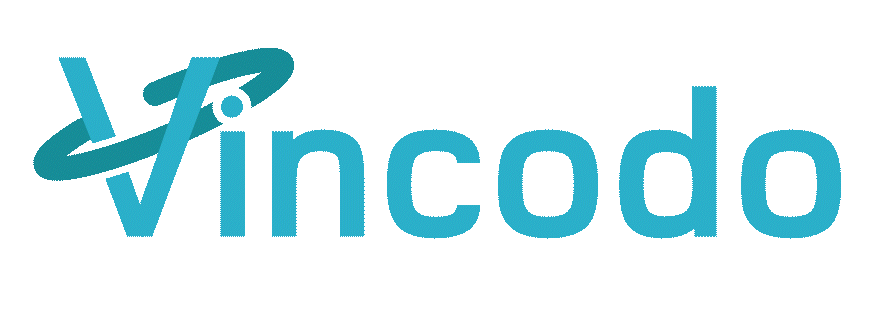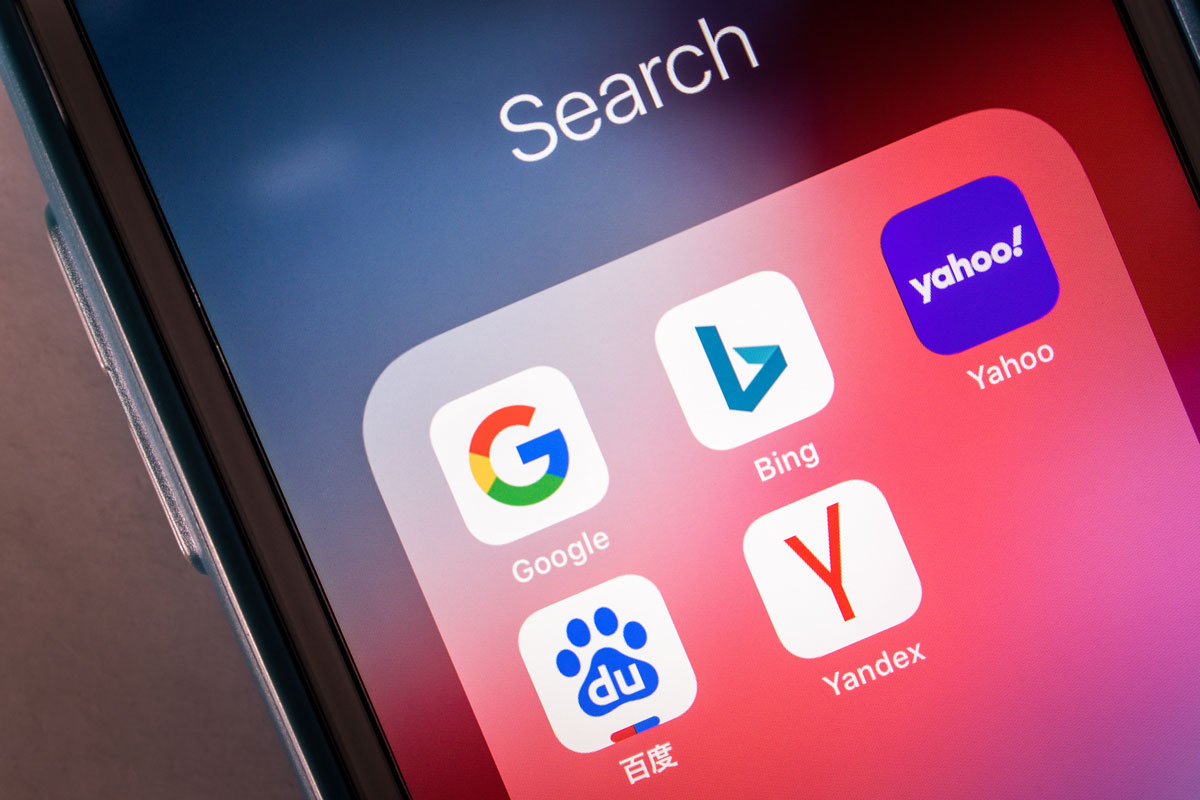As most search marketers are aware, Google sent out high level alert notices in Q4 2013 that they would be increasing the importance Ad Extensions played in Ad Rank. Advertisers were encouraged to step up their game to make sure they applied relevant Ad Extensions to their ads as they could be factored into improving ad rank. Ad Extensions would now play a much more pivotal role in your position achieved as well as the CPC price you paid.
For the most part, Advertisers heeded Google’s recommendation, significantly increasing their use of Ad Extensions ranging from Sitelinks to Location Extensions to Call Extensions. A functionality previously used by the most advanced advertisers seemingly went mainstream over a few months.
Fast forward to April 2014.
As Google has put forward numerous Public Relations efforts to promote its advanced reporting improvement, new automated bidding functionalities and estimated cross-device tracking developments, a significant algorithm update went live during the first week of April with little Public Relations support. With more Ad Extensions options to choose from, Google shifted to optimizing which Ad Extensions show at its sole determination. In some cases, the most desirable Ad Extension for the Advertiser to attain ROI achievement is getting tossed aside.
Call Extensions is one of those high ROI Ad Extensions often utilized by Advertisers with large call centers. For these advertisers, it is often critical for them to move users from the online environment to the offline environment in order to close the sale. Typically, Advertisers can improve sales closure by a 3x to 5x factor simply by getting the user off the internet and onto the phone.
Since Early April, with little or no warning , numerous industry verticals have seen Call Extensions being served at alarmingly lower rates despite their high quality contribution to the bottom line ROI for Advertisers. The following chart depicts some of these trends.
The impact has been much more predominant on Computer and Tablet device types. Mobile, due to its click-to-call capability, has seen a much lighter reduction, but is being served less frequently as well. Depending on industry vertical, we are seeing Call Extension serving declines that range from 15% to 90%.
What is driving this decline in Call Extension serving? Our analysis of the data trends shows a strong correlation to Phone Call action rates. While ad serving of call extensions has declined, the call rate has climbed almost 100%. Therefore, we can assume that if Google is not getting a phone call recognition that can be charged as a click to the Advertiser, it appears that they are not interested in showing the Call Extension. While call rate has significantly improved, the improvements have not offset the lost call volume to the Advertiser.
Unfortunately for Advertisers, this decision by Google to reduce Call Extension serving has a compounding effect. For those of us that conducted advanced testing of Call Extensions when it was first released, we found that not only did it initiate calls directly on the Call Extension, but its presence within the Ad Copy also increased phone call interaction on the Landing Page. On average, Call Extensions can lift phone call interaction on a Landing Page between 10% to 30%, resulting in a significant increase in total phone calls.
So what can Advertisers do to address these algorithmic changes at Google? There are a couple of options to consider. Make sure to analyze Call Extensions serving changes unique to your business. As noted, we are seeing varying degrees of changes by industry. There is no reason to respond with aggressive testing if your industry is only seeing soft decline. If the decline is significant, then you must change your strategy.
The first course of action to respond to the Call Extension serving reduction is to adjust your bids accordingly. If you saw reduced ROI during April and May, your future bid strategy must account for the loss of Call Extensions and their valuable contribution to your ROI. Second, consider removing less valuable Ad Extensions such as Sitelinks, Social Extensions and Location Extensions to see if it will trigger more serving of Call Extensions. Third, conduct ad copy call-to-action testing that encourages users to not only act online but to consider calling. Shifting to a call-to-action such as “Apply Or Call Now” from simply “Apply Now” could pay big dividends. Finally, consider changes to landing pages to swap creative elements that subliminally prompt to call by phone, add more phone number reference points and/or increase phone number font size. Each of these landing page options can have a positive influence on phone call engagement.
As we wait for Google to realize that Advertisers will happily pay a premium for a phone call and offer functionality to bid modify for a phone call, the aforementioned strategies are the best foot forward in the meantime.







